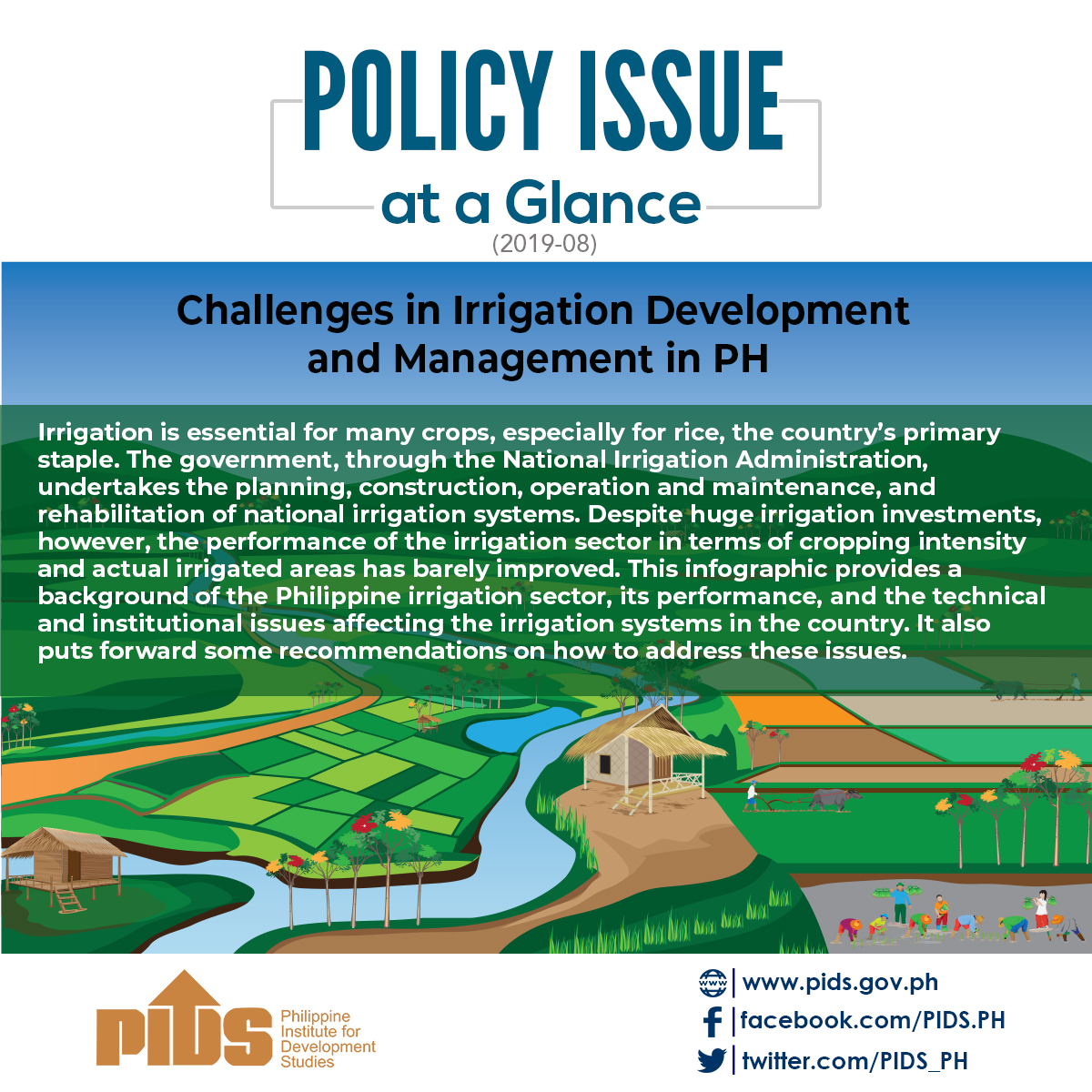Forecasts for 2010-2019 show an annual average demand growth of 4.28 percent in Mindanao, higher than the national average of 3.63 percent. Citing 2012 data from the Department of Energy (DOE), the study notes that the Mindanao grid at present has 37.31 percent base load generating capacity, a far cry from Luzon’s 63.94 percent and Visayas’ 71.88 percent. Mindanao’s generating capacity is also heavily dependent on hydropower, which has become unreliable in the face of worsening deforestation of watersheds and siltation of river systems. Of the total 1,616 megawatts (MW) dependable generation capacity in Mindanao, nearly two-thirds come from hydropower plants such as the Agus and Pulangui generating facilities. Mindanao`s peak demand could reach 1,428 MW this year and 1, 823 MW by 2019. To meet peak demand and, at the same time, maintain security and reliability of the power grid, generation capacity must not only correspond to peak demand but also provide for other ancillary services, Navarro said. The DOE requires a reserve margin of at least 21 percent of peak demand. The total generation capacity consequently should be 1,728 MW in 2013 and 2,206 MW in 2019.
Brace for return of brownouts in Mindanao this summer, PIDS study warns












